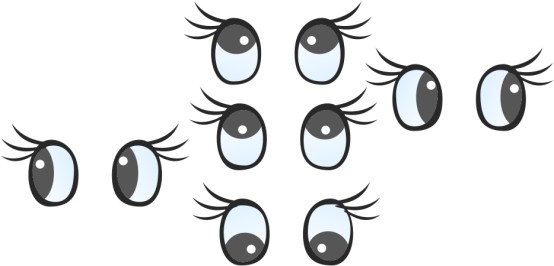It’s June, the weather is perfect, so why not set up water squirting games in the garden. The kids are waterproof and everything else will dry out, eventually!
This week on our Teach Handwriting Blog we have encouraged water fights and games for developing a child’s hand strength, co-ordination and eye tracking skills (all handwriting skills). However these games are also fantastic for developing sound and word awareness skills.
Try mimicking the sounds that the water makes as it drips on to the floor or hits the targets; use directional language to support your child’s aiming skills; describe how the objects move when hit: bouncing, rolling or flying and talk through the emotions evoked through playing the games.
As well as supporting your child in developing a whole range of physical and language skills you will also increase your cool adult status.
Some fun water games:
- Try setting up a target wall, using chalk to draw the targets.
- How many of the targets can you hit with water squirted from a water pistol or squeeze bottle in a set time.
- How many targets can be washed off.
- Set up a skittles range.
- Each skittle hit with water can be worth a certain number of points, or the distance of the skittles may affect their value.
- A time trial game to hit all the skittles. If you are using plastic bottles as skittles try making some of them a little heavier by putting sand or dirt in them to make it a bit harder to knock them over.
- Move the object race games.
- A light toy/ball has to be moved by squirts of water over a distance.
- A range of objects moved in to target areas to gain points.
The only limitation is you and your child’s imagination and trust me kids never tire of finding new ways to play with water (but then again neither do many adults)!
Have FUN!



